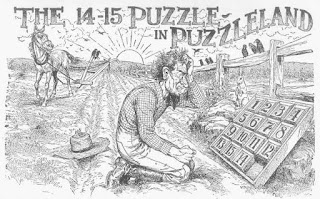Kotlin Language Features Related to Null Handling
Any software engineer with a Java background would find the null handling features in the Kotlin language interesting. Let's summarize this topic with some examples. Nullable types: In Kotlin, types are non-nullable by default. If you want a variable to be able to hold a null value, you need to explicitly declare its type as nullable using the Type? syntax. For example, String? denotes a nullable string, while String represents a non-nullable string. Safe calls (?.): Kotlin introduces the safe call operator (?.) for handling nullable types. It allows you to safely invoke a method or access a property on a nullable object. If the object is null, the expression returns null instead of throwing a NullPointerException. Example: data class Person(val name: String, val age: Int, val address: String?) fun main() { // Create a person with a nullable address val person1 = Person("John Doe", 25, "123 Main Street") val person2 = Person("Jane Doe", 30,


